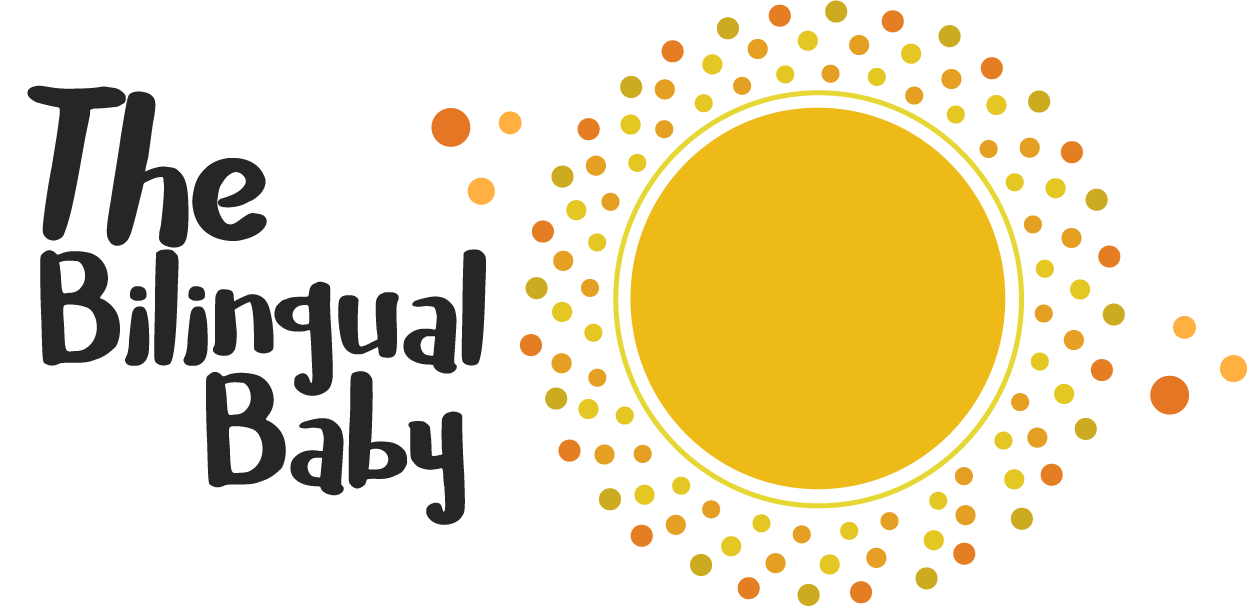What is the critical period hypothesis?
Do you recall the story of the young girl, Genie? She was the young girl who was found held captive until she was about thirteen years old. She was not exposed to language regularly and did not have much of any language capabilities. This was a great but terribly sad example of the critical period hypothesis. Genie was not exposed to language and therefore could not speak any languages fluently.
After her rescue, she worked with linguists to help her acquire new vocabulary and create syntaxes. Although she was able to adopt more vocabulary, she still struggled with the creation of syntaxes. There are many videos and articles on the web to read more about Genie. The story is truly fascinating, but terribly sad.
The point of this example is: according to the critical period hypothesis, there is a window of time biologically in which you can adopt language or languages. The primary window of time to learn language or languages is between 2 years old to 13 years old. Note: there are many elements of language. Example, language can also be musical.
Although languages are better or easily learned at a younger age, the benefits of bilingualism may still be prevalent or beneficial.
